Climate change data in building design
Over the past year, when the North-South expressway projects of Can Tho - Ca Mau, Chau Doc - Soc Trang - Can Tho, Cao Lanh - An Huu were successively started, the Mekong Delta region (MD) became the largest traffic construction site in the country.
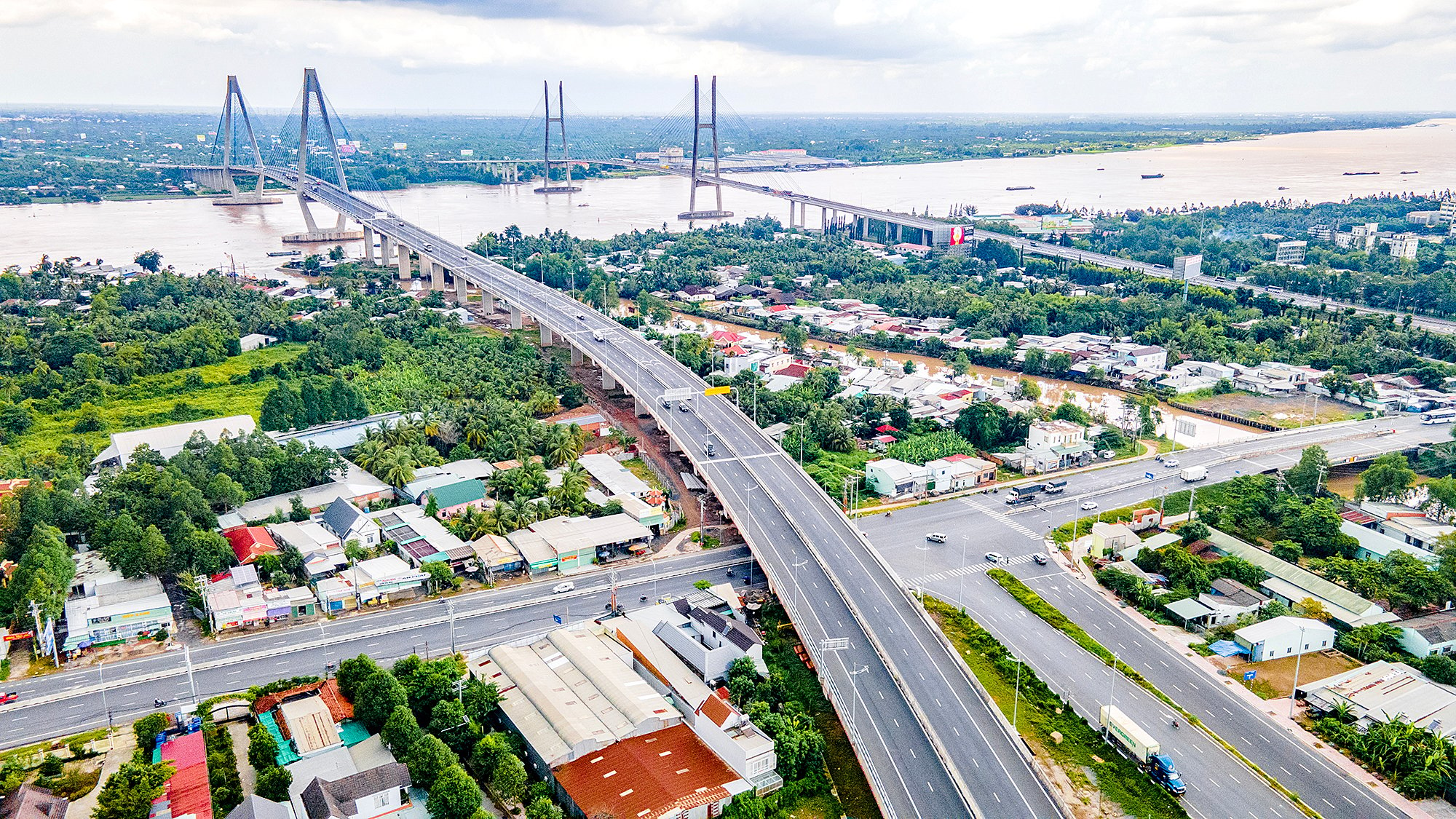
Mekong Delta's transport infrastructure is receiving strong investment (In photo: My Thuan Bridge). Photo: Ta Hai.
According to Mr. Nguyen The Minh, Deputy Director of the Department of Construction Investment Management (Ministry of Transport), never before has the Mekong Delta's transport infrastructure been invested so strongly as it is now. From what was considered a "lowland" of highways, the entire region now has 120km of highways put into operation: Ho Chi Minh City - Trung Luong Expressway 39km, Trung Luong - My Thuan 51km, My Thuan - Can Tho 23km, My Thuan 2 Bridge (7km).
The goal is that by 2025, the entire Mekong Delta region will have about 548km of expressway put into operation, and by 2030, it will be 763km.
The Ministry of Transport is also submitting to competent authorities for consideration and approval of the project to upgrade and renovate 3 national highways (53, 62, 91B) in the Mekong Delta, using WB loans. This is 1/16 projects in the list of sustainable development projects in the Mekong Delta.
In the inland waterway and seaport sector, 6 main waterway routes connecting the Mekong Delta with Ho Chi Minh City and the Southeast, and the Cho Gao canal for watercraft up to 1,000 tons have been upgraded.
A series of ports: Cai Cui, Hoang Dieu, Long An international port (Long An), Duyen Hai (Tra Vinh), Vinalines Hau Giang (Hau Giang), Cai Con (Soc Trang) have been invested.
Regarding aviation infrastructure, there are 4 ports in the region that have been invested in and upgraded, including: Can Tho, Phu Quoc, Ca Mau and Rach Gia.
"To ensure the sustainability and efficiency of the project, the design process, factors such as flood frequency, climate change scenarios, and rising sea levels are carefully calculated to design appropriate elevations," Mr. Minh shared.
Mr. Nguyen Van Thanh, Director of Road Management Area IV (Vietnam Road Administration) said that over the past 3 years, climate change and rising sea levels have caused severe flooding on many roads, especially National Highway 1 through Vinh Long, Bac Lieu, Ca Mau provinces, National Highways 63, 54, 57...
According to investigation and monitoring results, the main cause of flooding on national highways is subsidence of the roadbed.
The most worrying thing is the rising sea level. The highest tide level is 0.3m higher than the calculated data in 2001. Over the past 5 years, the unit has handled 41 flooded areas with a budget of about 500 billion VND. The main traffic routes have now basically solved the flooding problem.
Building a viaduct requires a large amount of money.
Dr. To Van Truong, former Director of the Southern Institute of Water Resources Planning, said that according to monitoring data, the water level at river mouth stations in the East Sea from 2000 to present has increased about 15cm at Vam Kenh, 35-40cm at Tran De and 45-50cm at Ganh Hao.
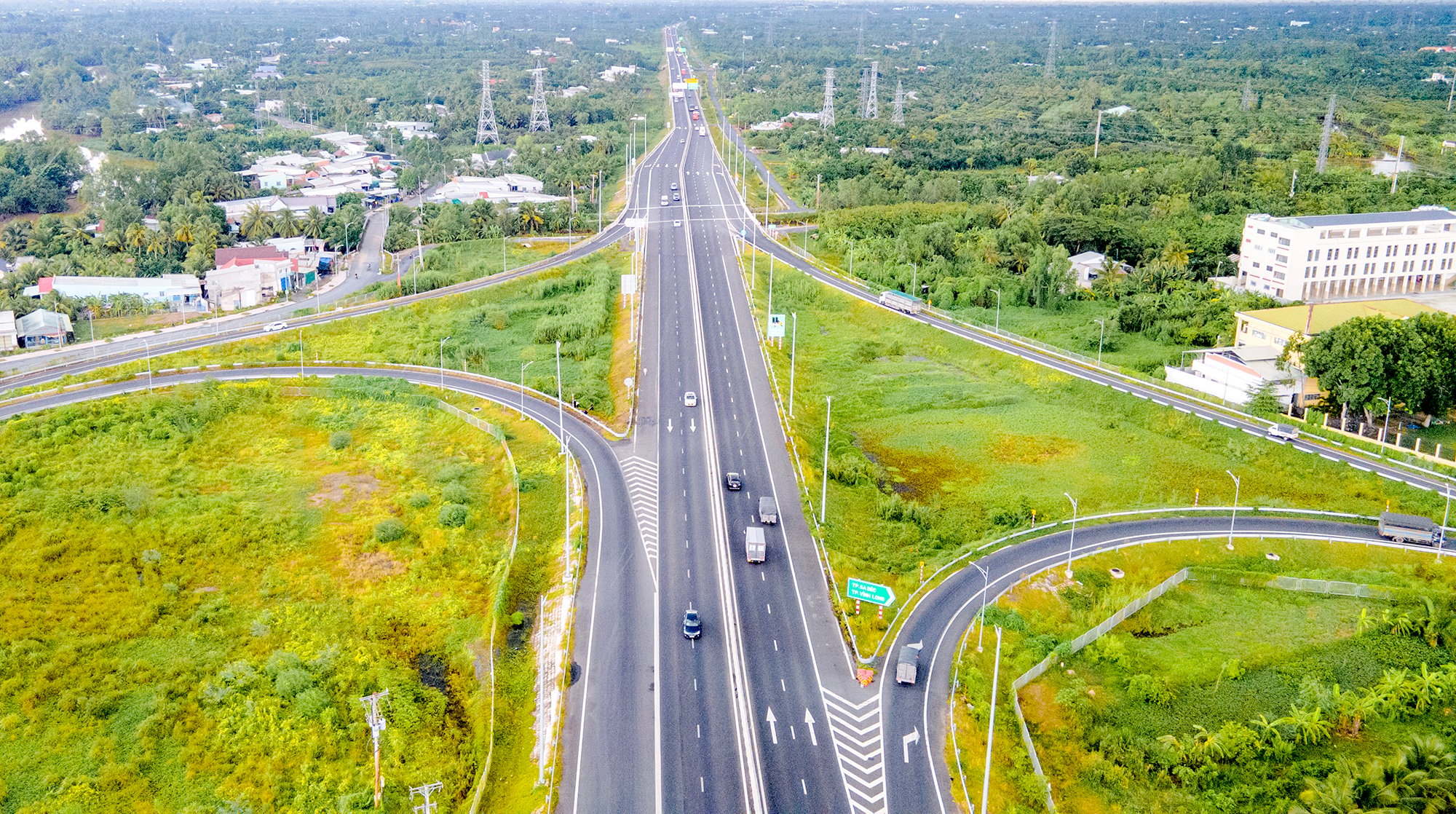
My Thuan - Can Tho Expressway.
In the West Sea, water levels also increased by 15 - 25cm. Inland, water levels at many stations along the Tien River, Hau River and the center of the Ca Mau Peninsula increased by 20 - 25cm.
According to Mr. Truong, as the water level increases, the design elevation of the traffic system must increase, and the cross-section, stability standards, safety, clearance and other technical requirements must also be higher.
The Mekong Delta region currently has 428km of expressways under construction and is striving to basically complete them by 2025 with the following projects: Long Thanh - Ben Luc (3km), Can Tho - Ca Mau (111km), Chon Thanh - Duc Hoa (19km), Cao Lanh - Lo Te route (29km), Lo Te - Rach Soi (51km), Chau Doc - Can Tho - Soc Trang (188km) and Cao Lanh - An Huu (27km).
215km are being prepared for investment, including: Duc Hoa - My An (74km), My An - Cao Lanh (26km), Ha Tien - Rach Gia (100km), Can Tho 2 bridge (15km).
"Elevated viaducts are a solution that needs to be studied. The viaduct solution will certainly cost more, but in return, the life of the project will be longer and there will be no need to worry about flooding due to rising sea levels," said Mr. Truong.
Sharing the same view, the representative of the Department of Construction Investment Management said that projects in the Mekong Delta region have their own characteristics such as very weak geological conditions, terrain divided by canals and ditches, having to deal with weak ground with a long waiting time for subsidence (usually waiting for subsidence from 12 to 16 months), and organizing construction is very difficult.
To shorten the construction time, when designing, the construction solution has been carefully considered and researched such as using bridge structures, cement piles, minimizing the use of sand for filling, shortening the time waiting for settlement, and increasing stability during exploitation.
"The difficulty is that the above solutions require a large amount of funding (currently, cement piles are 1.4 times higher, overpasses are 2.6 times higher), leading to higher investment costs for projects in the Mekong Delta region compared to other regions and compared to conventional solutions," said Mr. Minh.
Prioritize integrated solution projects
From the above analysis, according to Mr. Nguyen The Minh, one of the core solutions to increase resilience and ensure sustainability in the development of transport infrastructure in the Mekong Delta in the face of climate change is to use the State budget as a driving force, leading social resources; prioritizing investment in key projects, integrating the implementation of solutions to respond to and adapt to climate change and rising sea levels.
Dr. To Van Truong said that the authorities need to identify and prioritize the most important projects that have a great impact on the socio-economic development of the Mekong Delta to focus investment resources.
"The mechanism allowing localities to transfer capital between projects within the approved budget framework needs to be reviewed to promptly respond to necessary changes," said Mr. Truong.
From the perspective of a professional agency, Dr. Khuat Viet Hung, Director of the Institute of Transport Strategy and Development, noted: In addition to engineering solutions such as researching design options for river crossing projects, expanding the application of alternative materials, choosing appropriate route directions and traffic structure... non-engineering solutions also need to be focused on.
Specifically, it is necessary to strengthen cooperation, mobilize resources and technical support from domestic and foreign organizations and individuals for activities to improve the capacity of regional transport infrastructure to adapt to climate change.
Update and integrate elements and solutions to adapt to climate change and rising sea levels into all general development plans, schemes and programs related to the development of transport infrastructure in the region; Build a shared database on climate change...
Capital demand is more than 390,000 billion VND
According to the approved planning, the Mekong Delta region has 3 longitudinal expressways with a total length of 597km (North - South East; North - South West; Ho Chi Minh City - Tien Giang - Ben Tre - Tra Vinh - Soc Trang).
Three horizontal expressways with a length of about 591km (Chau Doc - Can Tho - Soc Trang; Ha Tien - Rach Gia - Bac Lieu; Hong Ngu - Tra Vinh).
Regarding railways, forming a railway line connecting Ho Chi Minh City with Can Tho.
The inland waterway sector will be gradually upgraded to technical levels according to the planning of main inland waterway transport routes; continue to call for investment in inland waterway ports and build passenger wharves.
Regarding seaports, existing seaports will continue to be expanded, and a hub port will be built at Tran De (Soc Trang).
In addition, investing in upgrading regional airports will increase capacity to about 18.5 million passengers/year.
The total capital demand for transport infrastructure investment in the Mekong Delta region by 2030 is about 391,200 billion VND. Of which, the 2021-2025 period has been balanced and allocated about 96,900 billion VND.
Source: https://www.baogiaothong.vn/dau-tu-ha-tang-thich-ung-bien-doi-khi-hau-o-dbscl-192241014225521982.htm






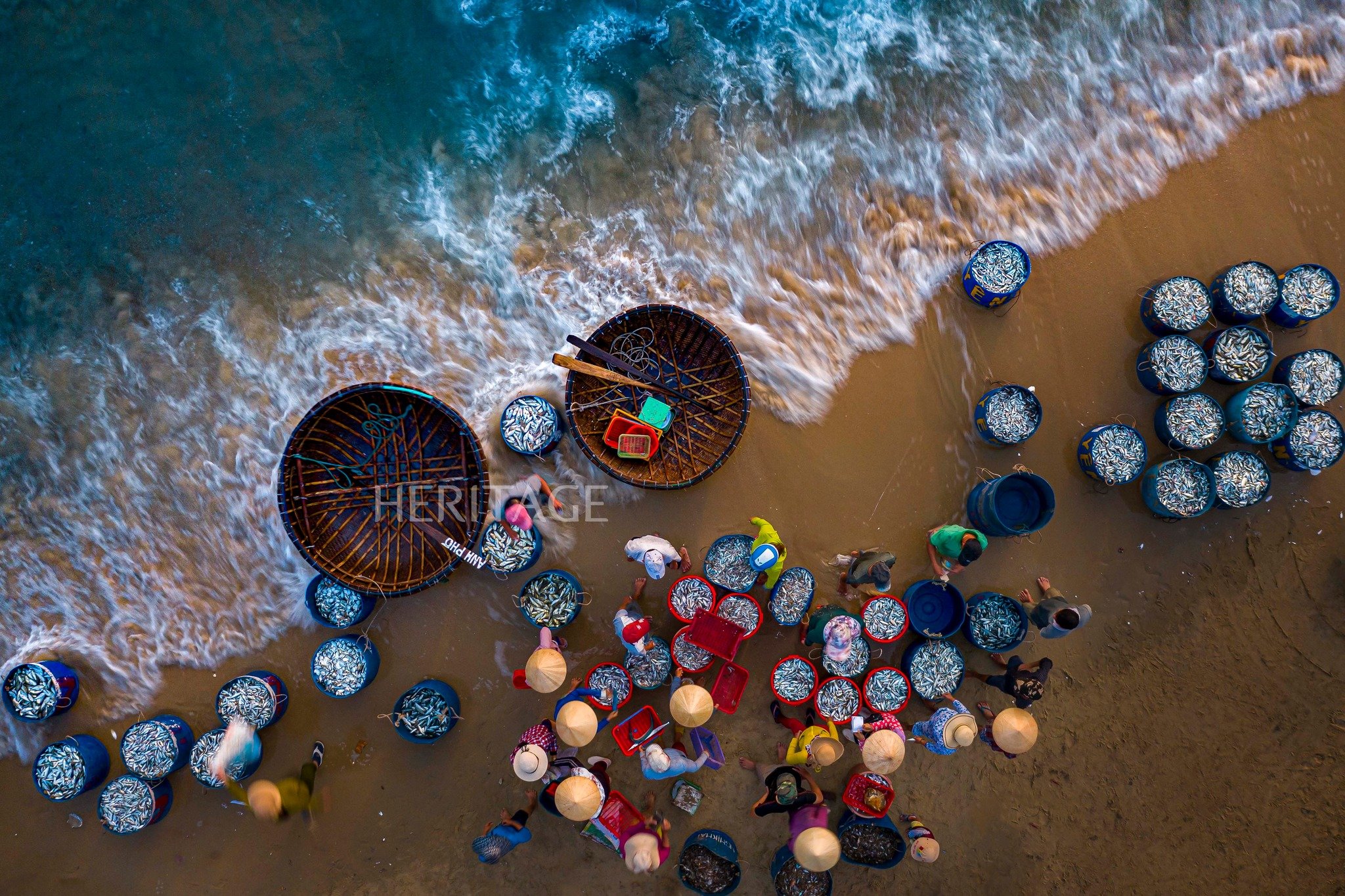
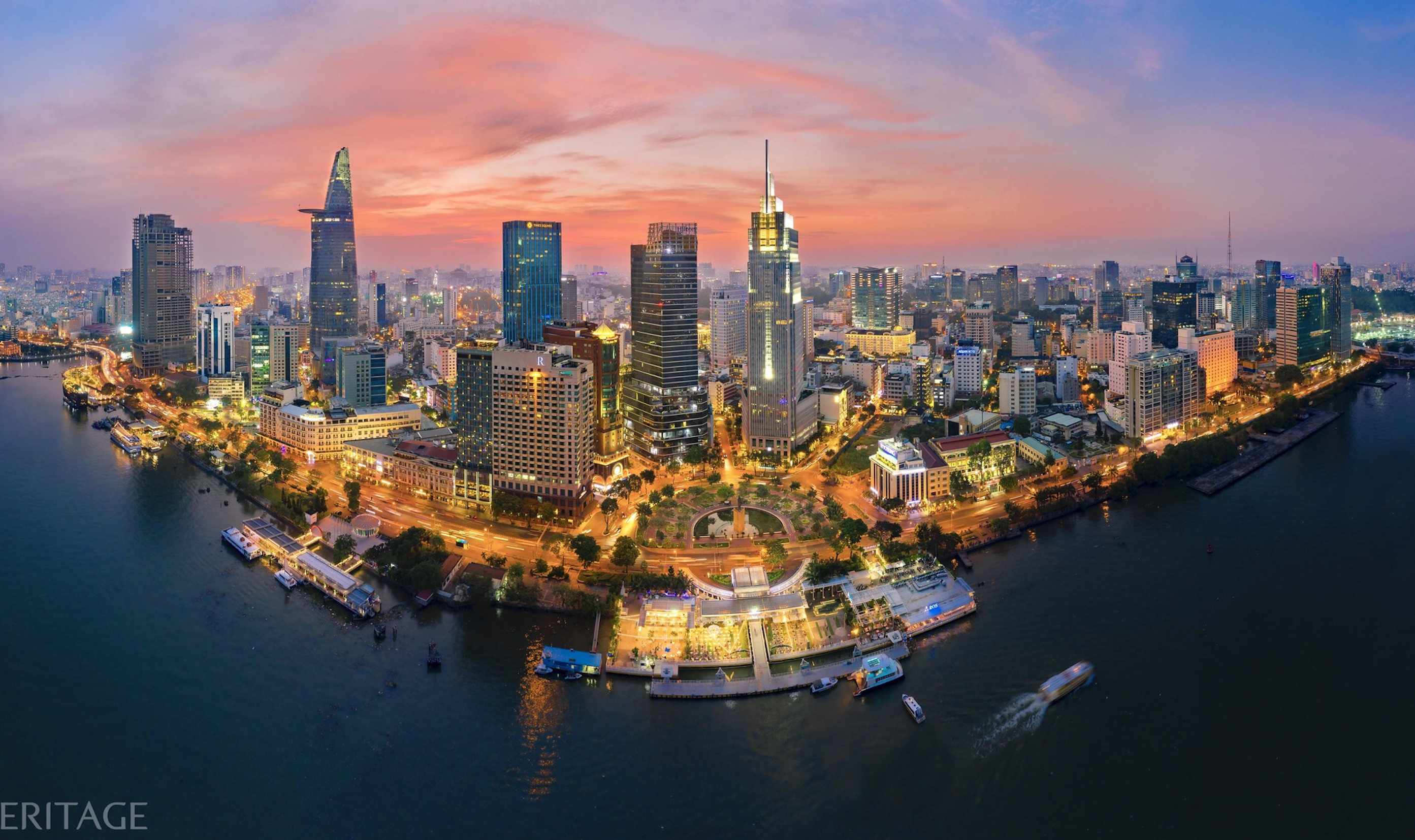
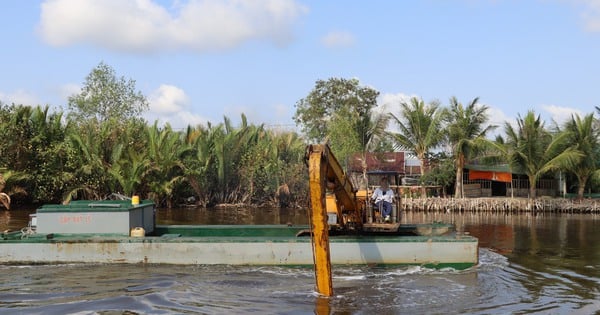

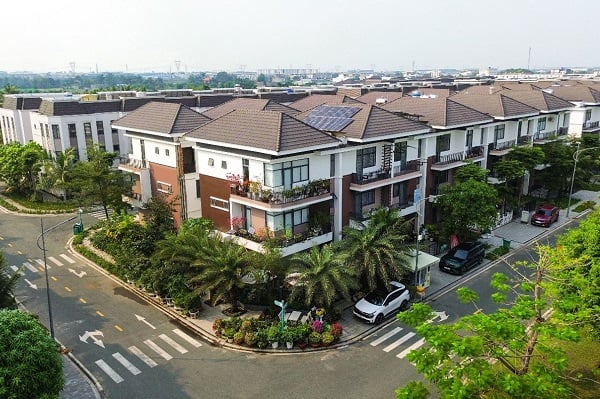



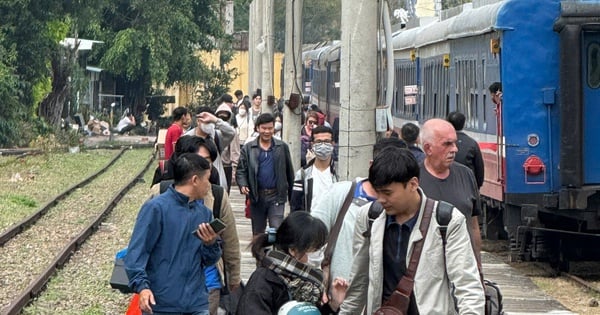
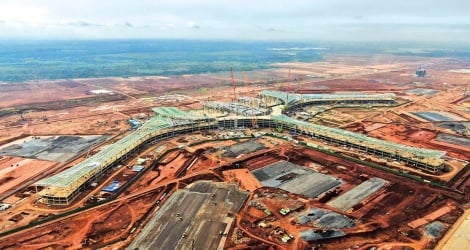


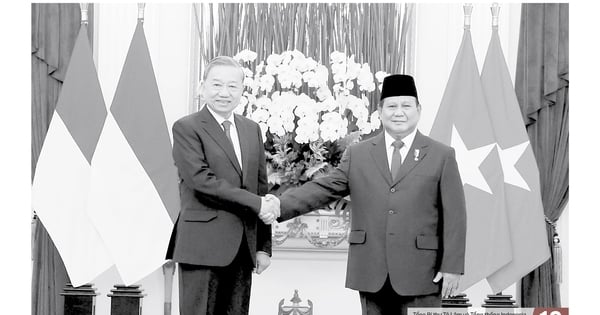



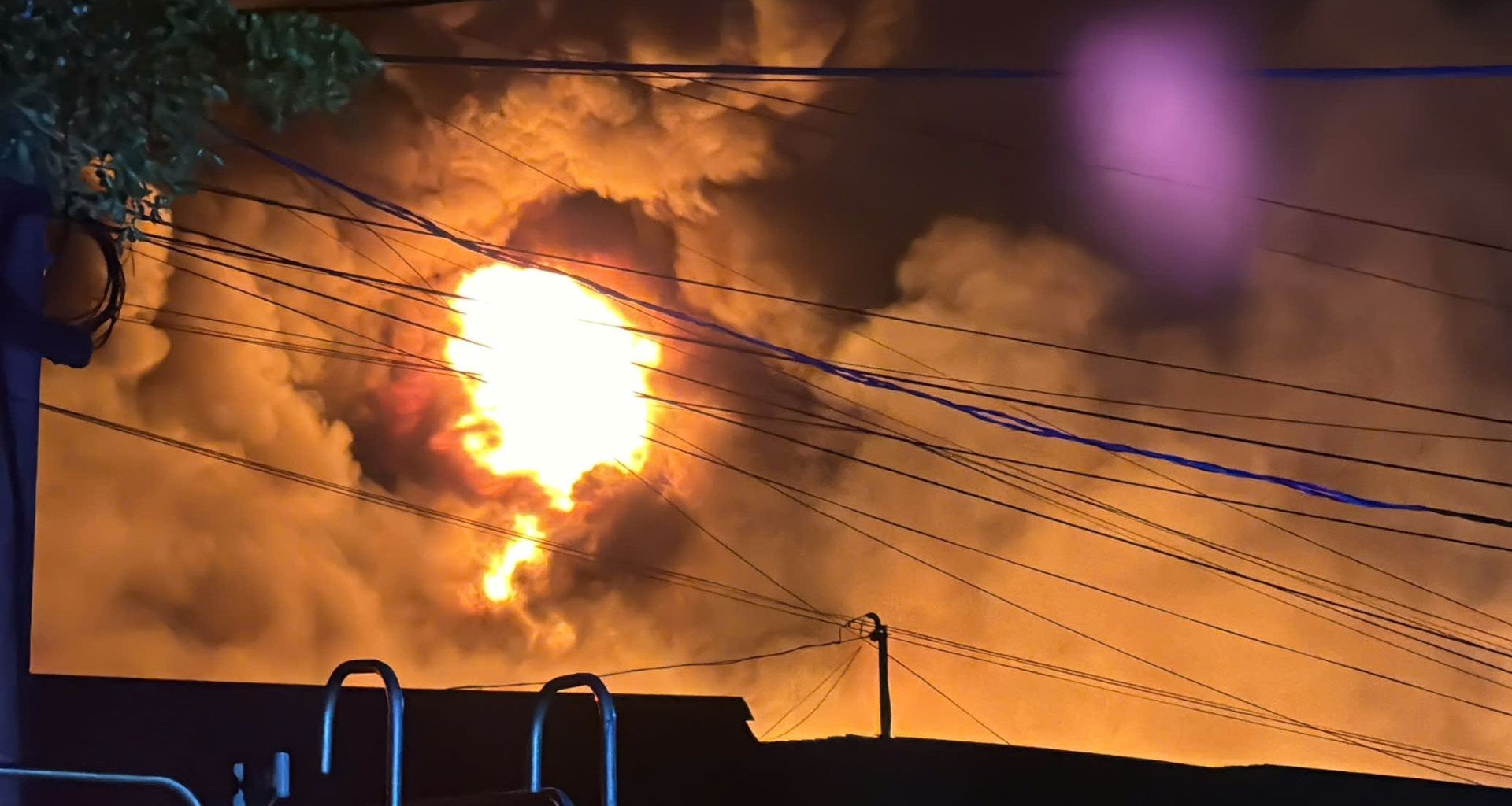
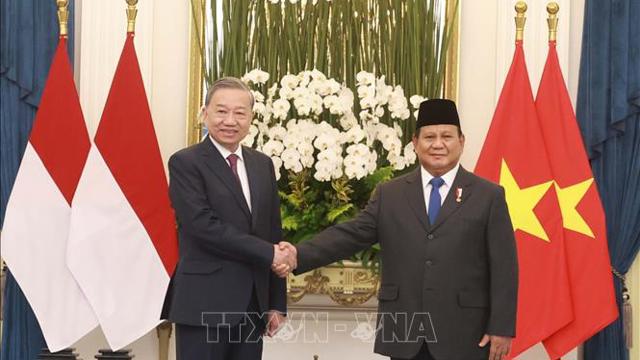

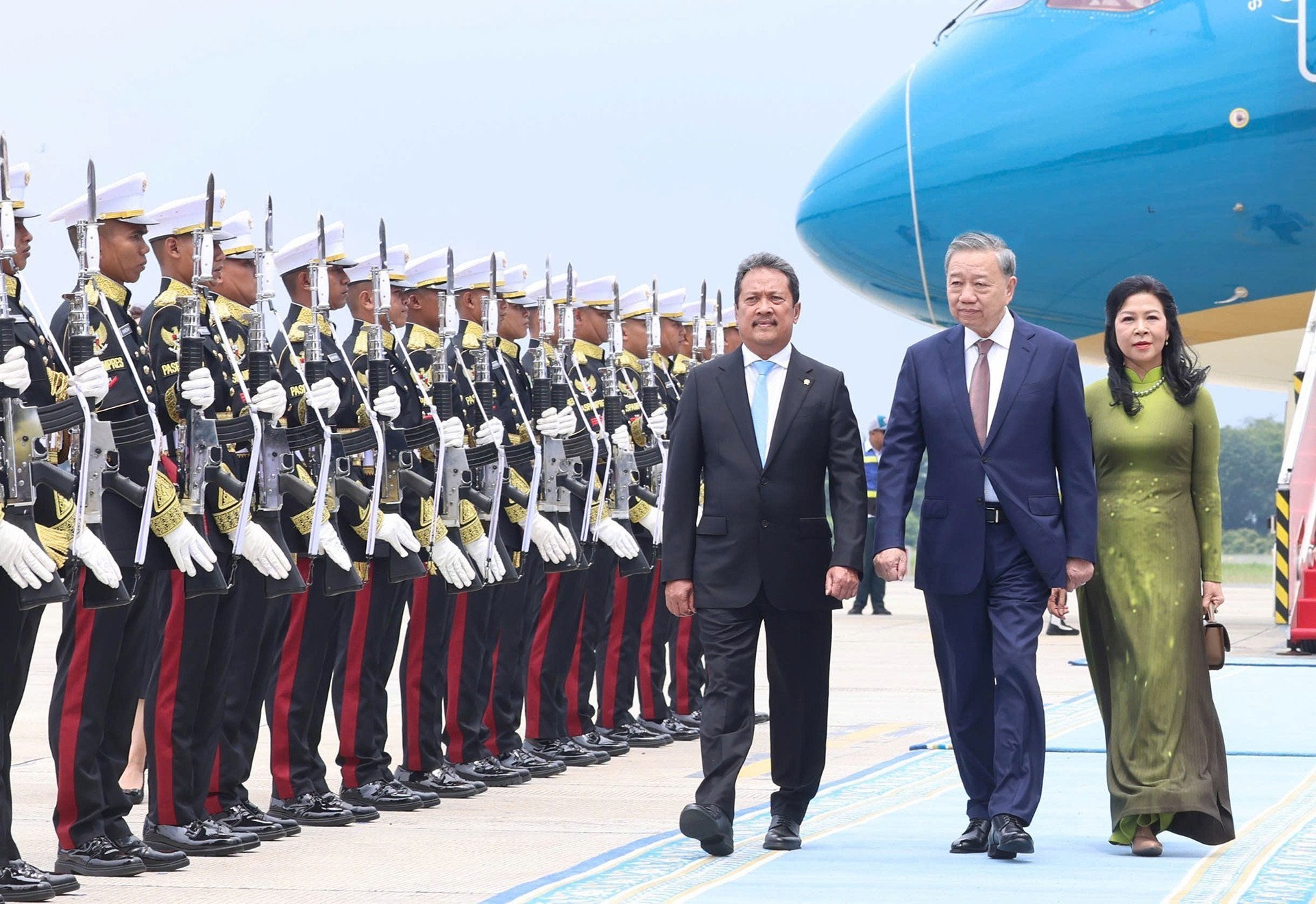

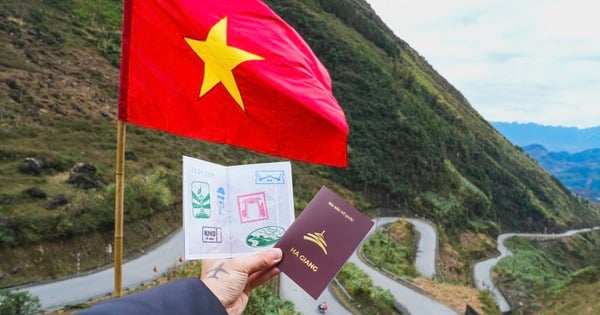
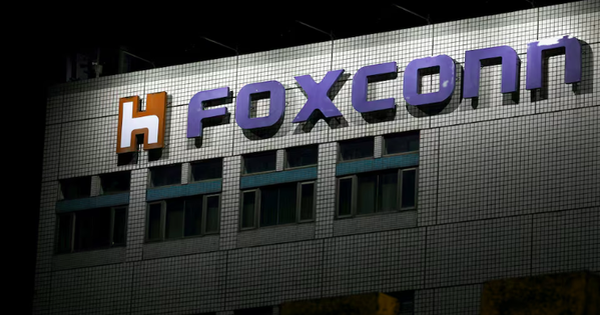


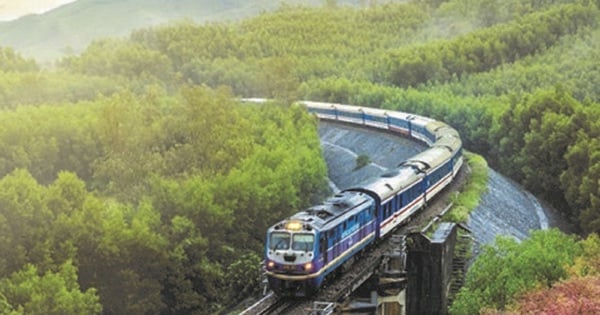

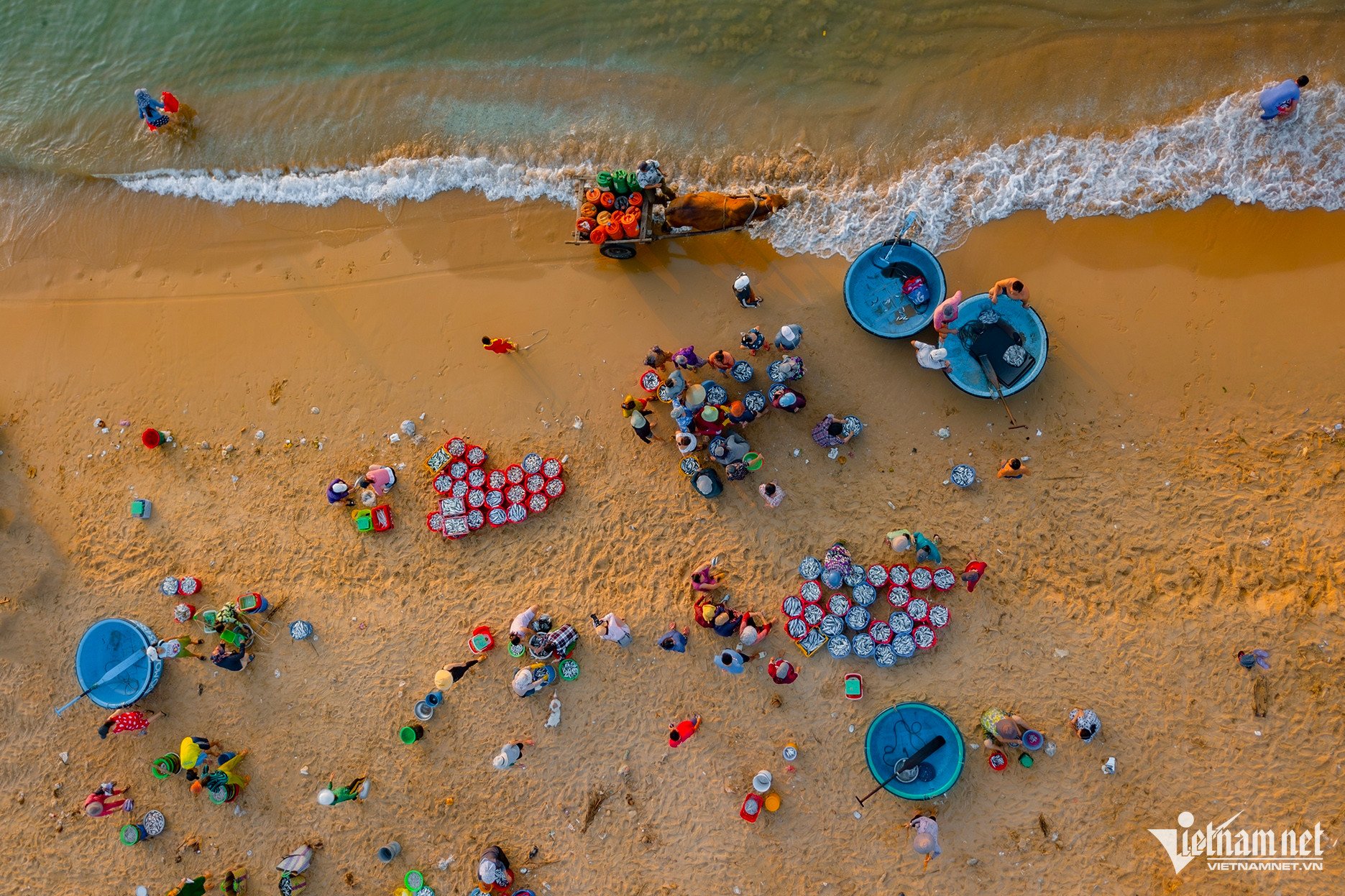


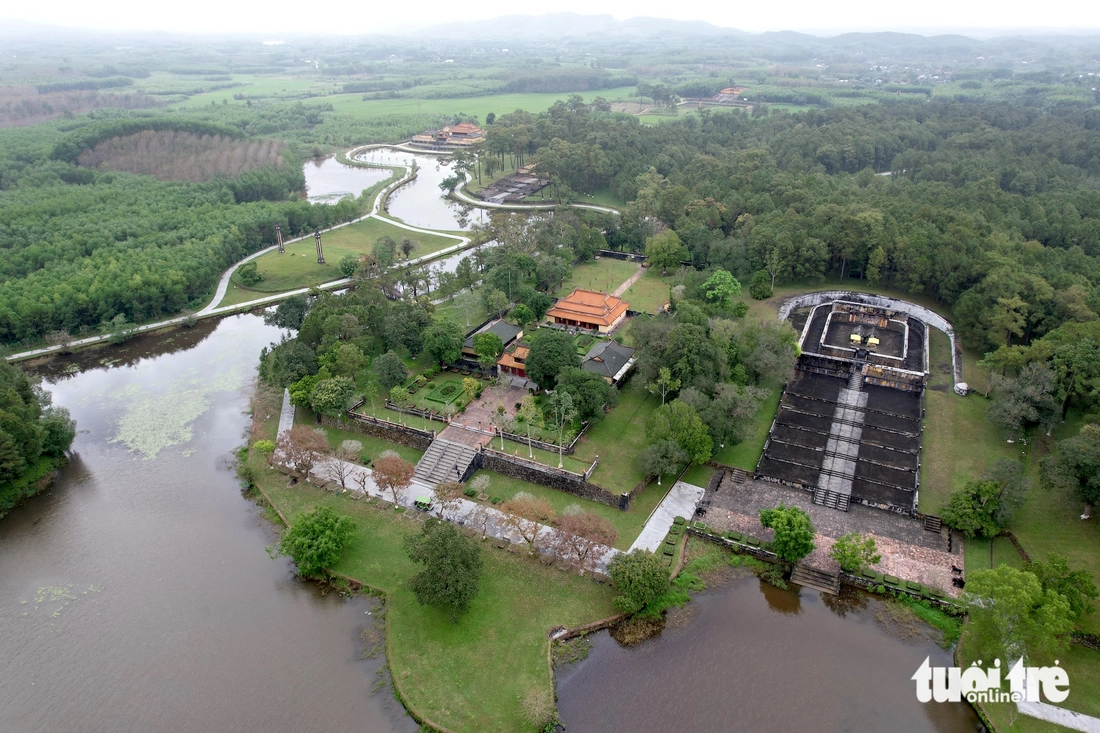


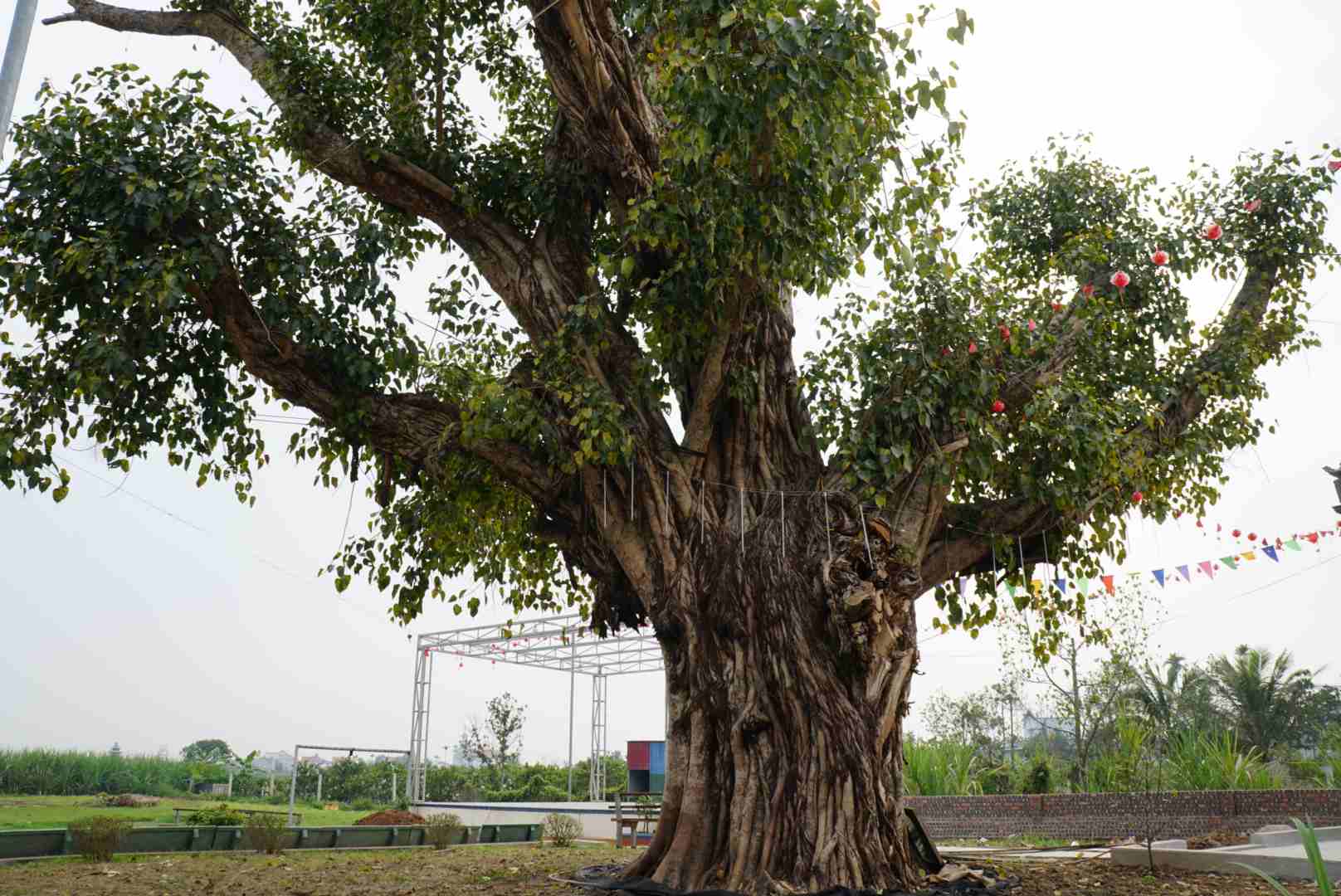





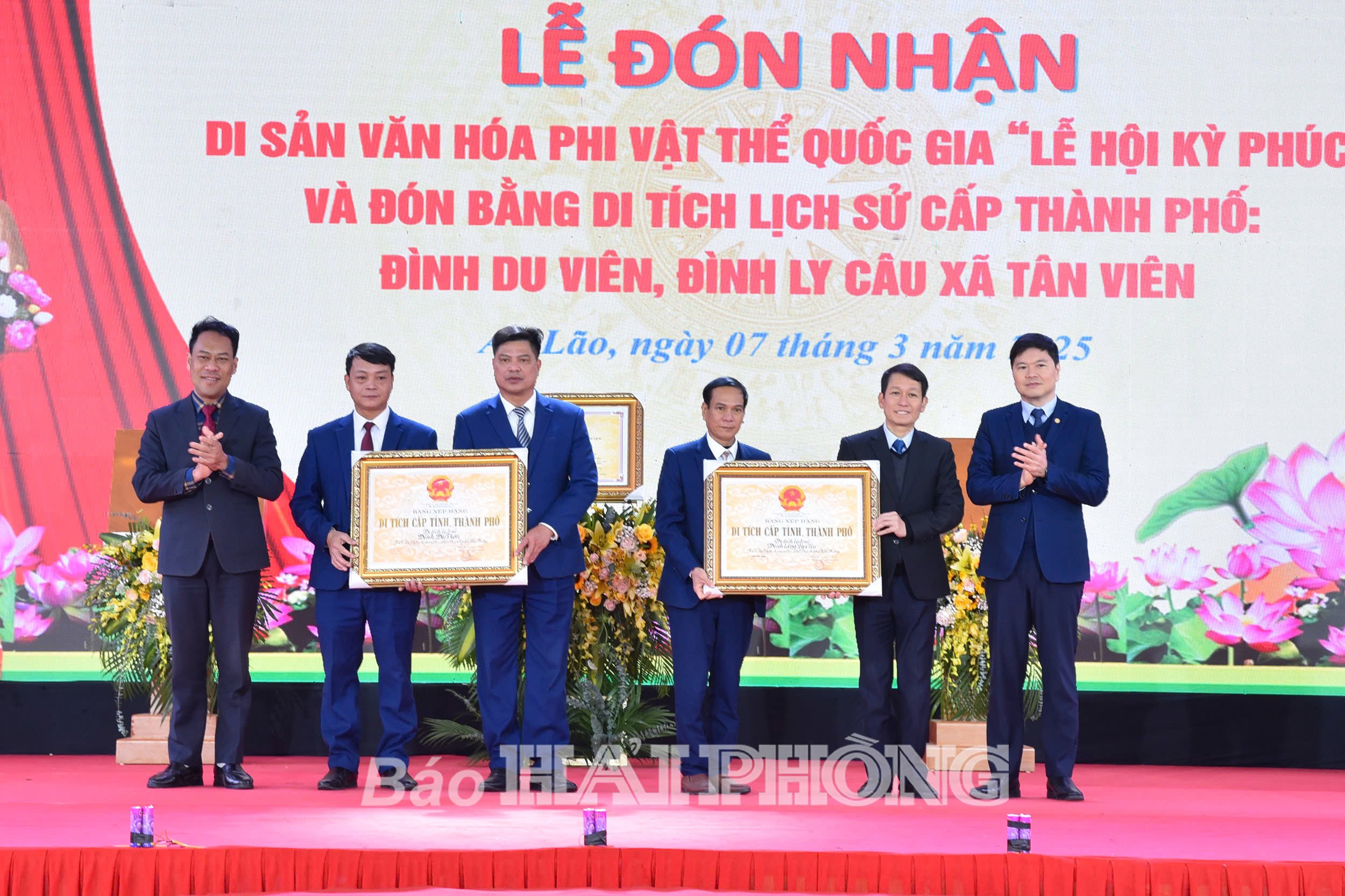
















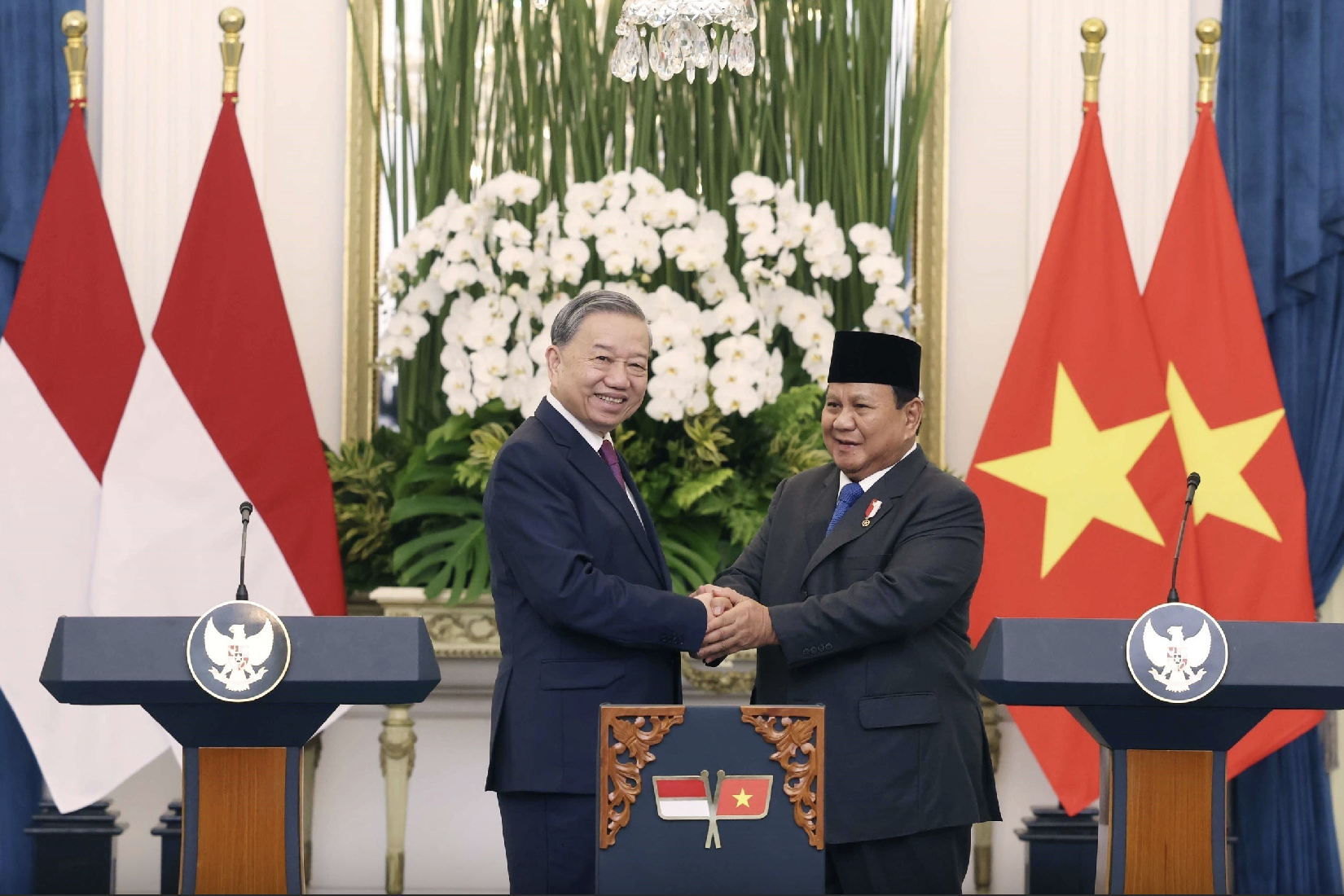

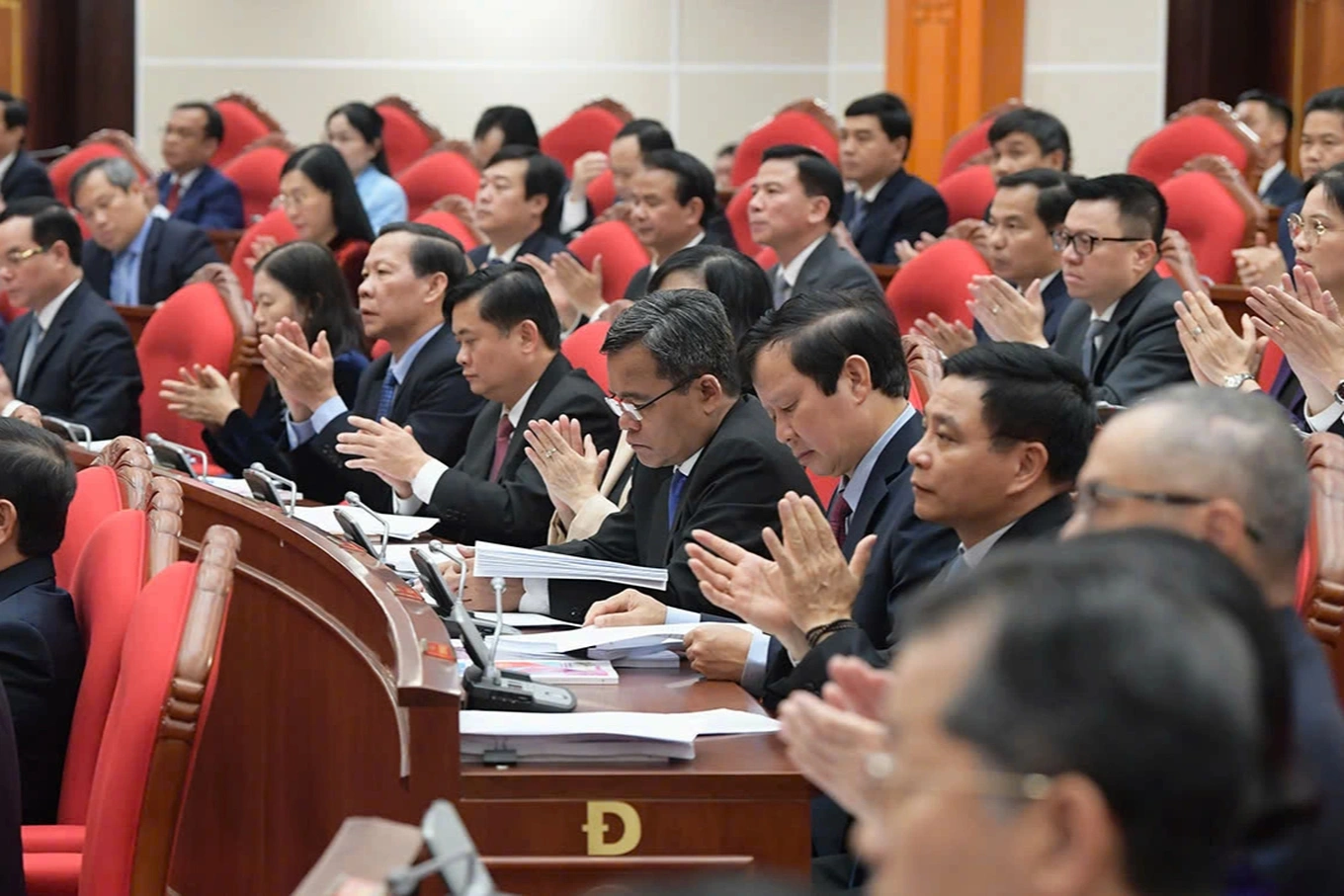
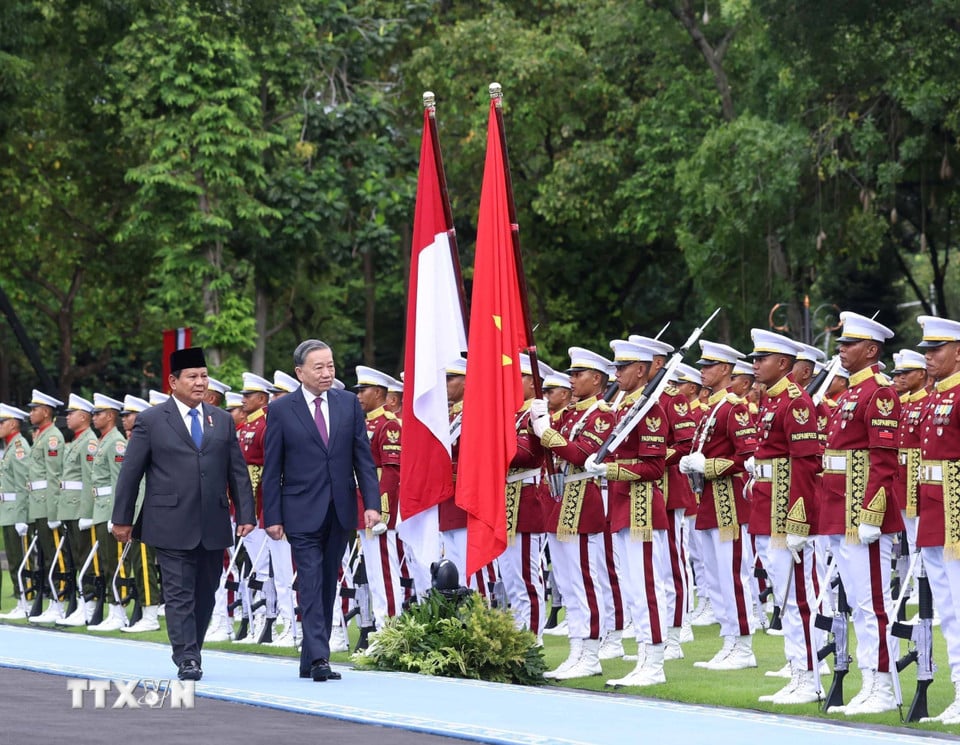
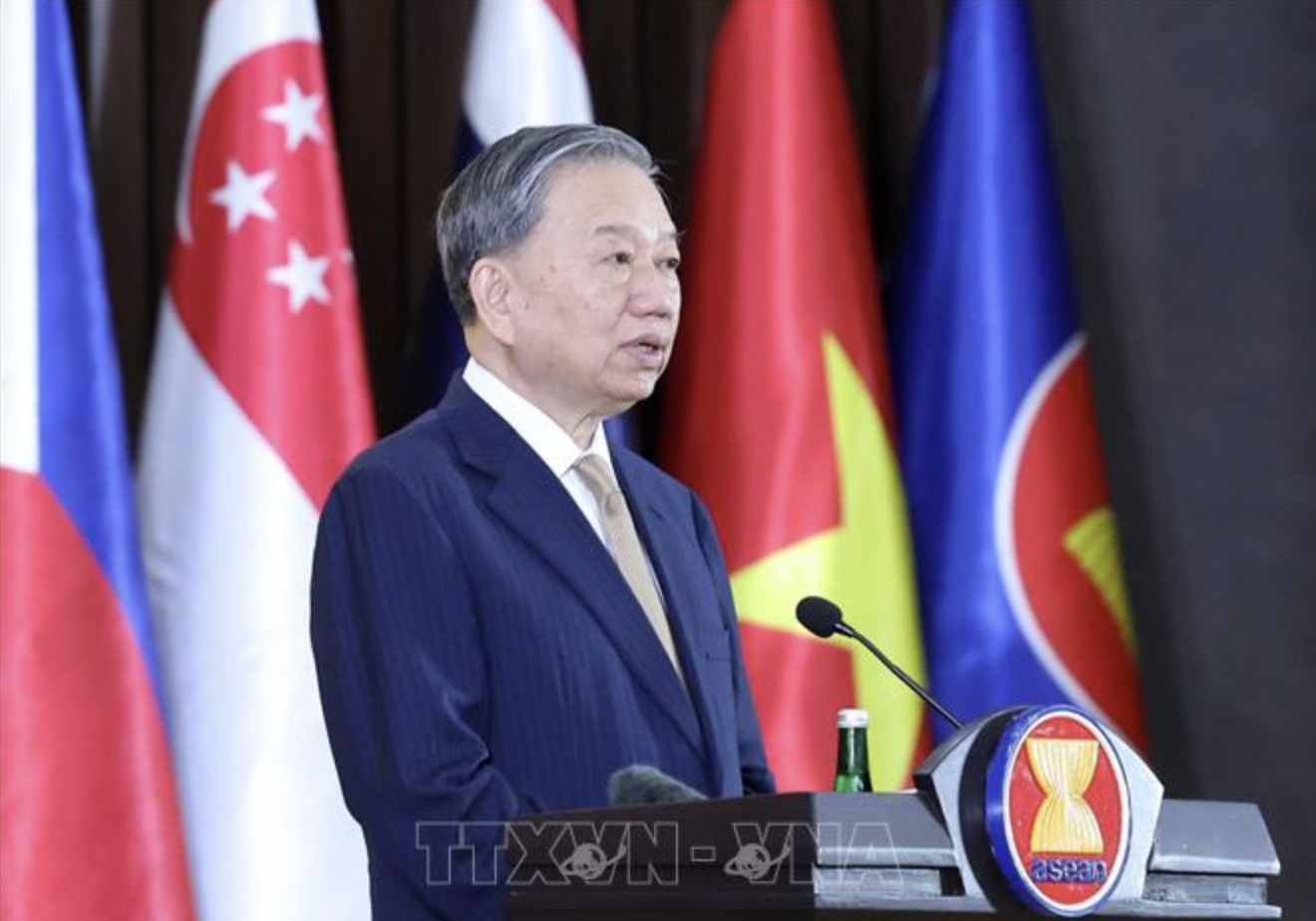



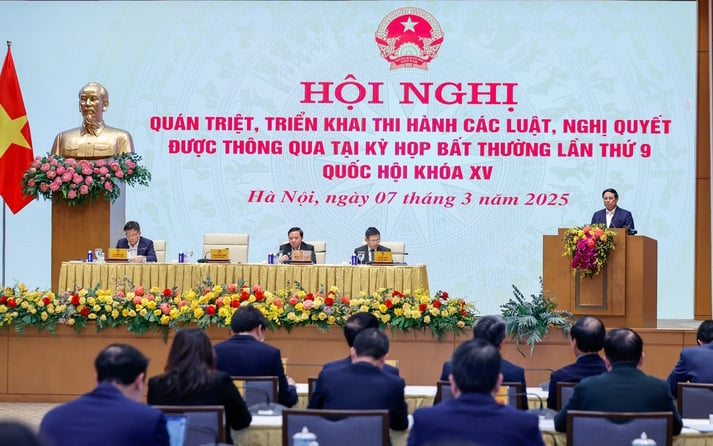

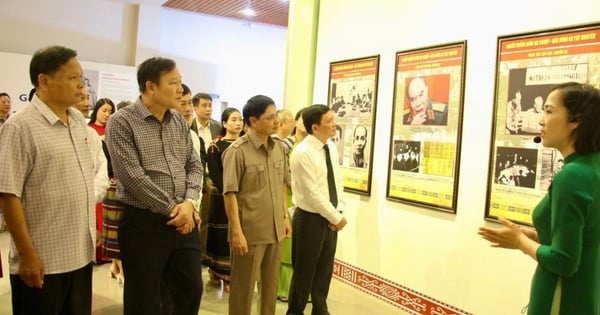
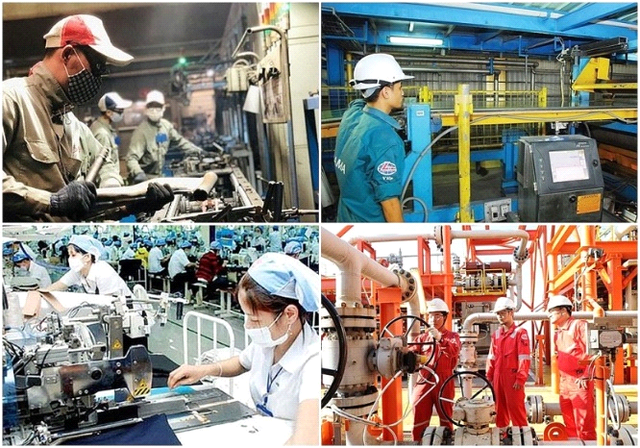

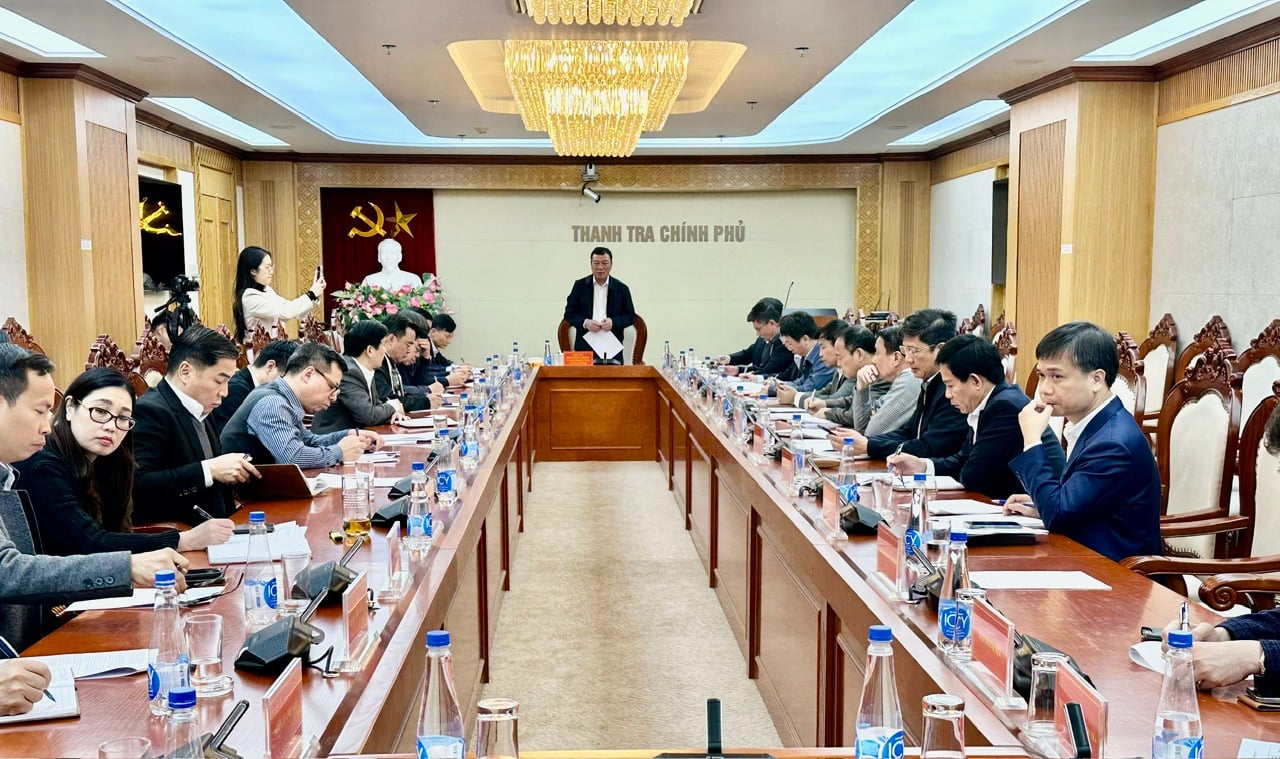


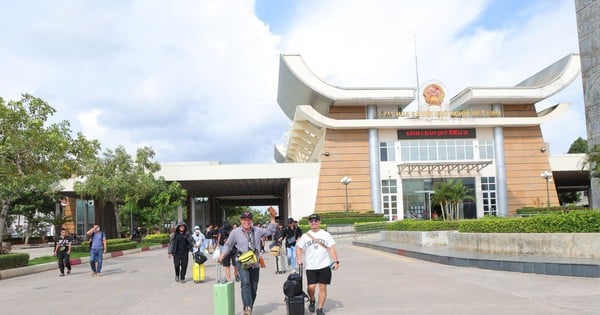






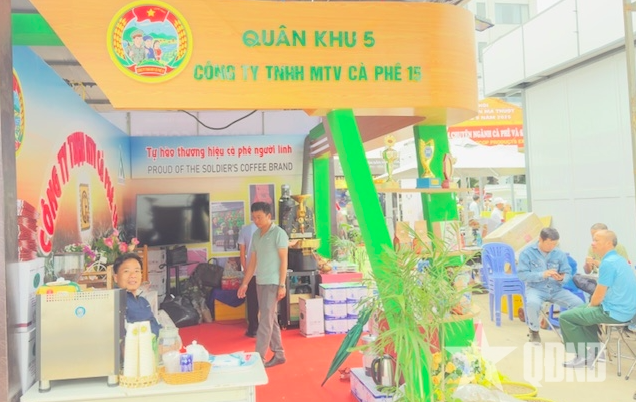


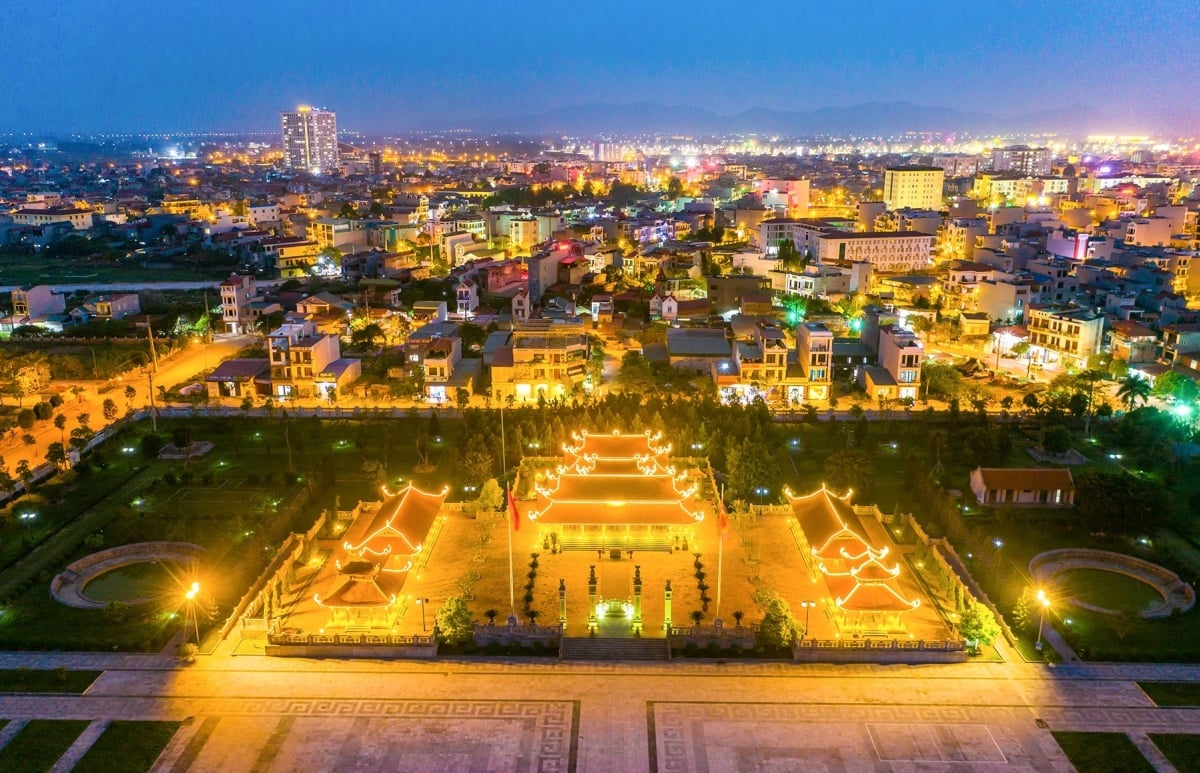
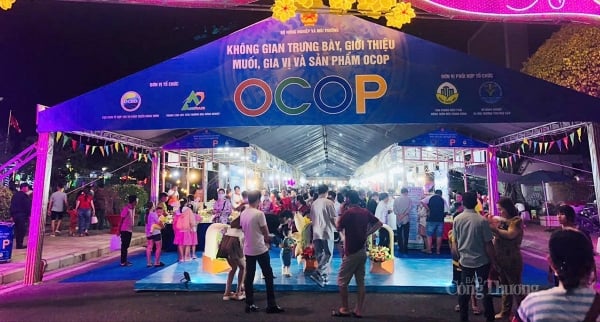

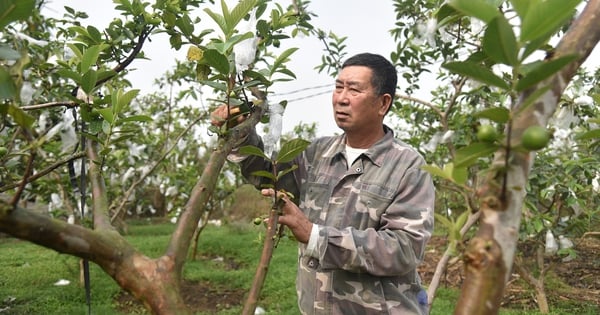



Comment (0)